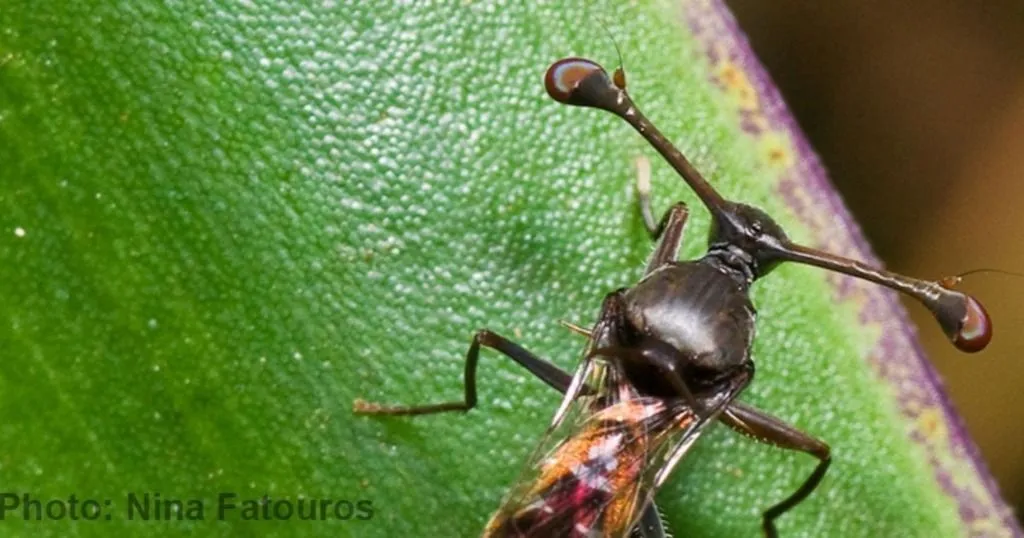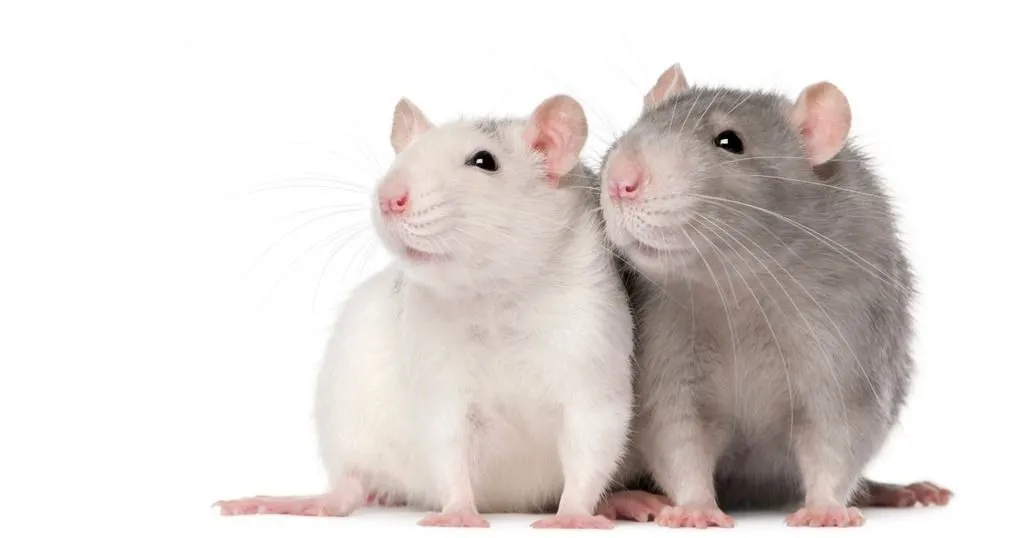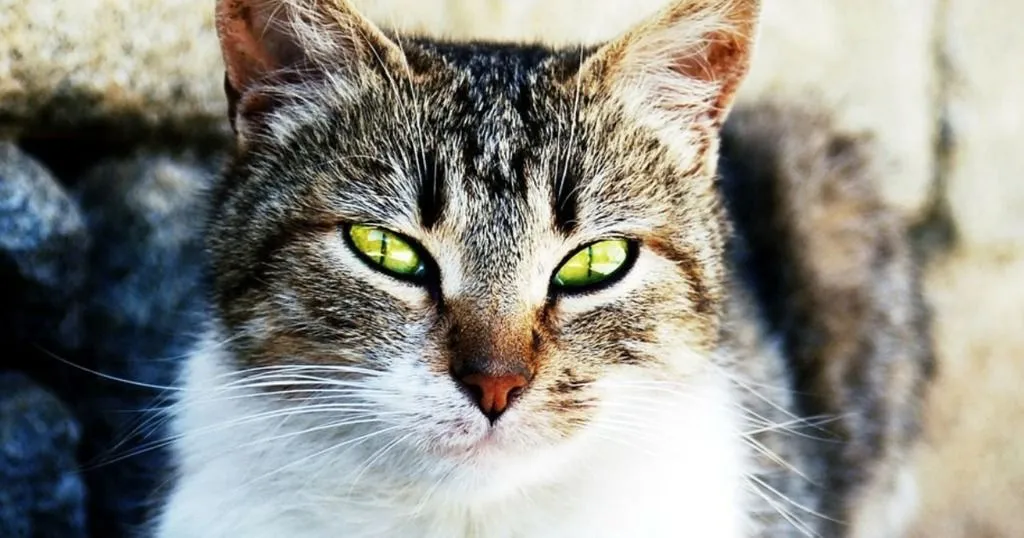Bigger is not always better: hypothesis testing in sexual evolution

Sexual selection can lead to fascinating phenomena. We are all familiar with the fabulous color display of male peacocks to attract females. Less well known, but definitely not less interesting, are stalk-eyed flies.
Posted by
Published on
Thu 20 Aug. 2015
Topics
| EthoVision XT | Insects | Mites | Tracking | Video Tracking |
Sexual selection can lead to fascinating phenomena. We are all familiar with the fabulous color display of male peacocks to attract females. Less well known, but definitely not less interesting, are stalk-eyed flies. Due to the fact that the females strongly prefer males with wideset eyes, the males have developed eyes on stalks that can be larger than their bodies. And did you know that the Irish elk developed antlers through sexual selection that span over two-and-a-half meters? Some people believe that the males with antlers this large could hardly move through the forest, which may have led to the species’ extinction. It’s no wonder that sexual preference is so well-studied with so many hypotheses formulated in relation to it.
Adaptive canalization hypothesis
The adaptive canalization hypothesis is one of these evolutionary hypotheses on sexual preference. In simple words, it says that a feature that is important for fitness will have little variation. For example, if it is important for reproductive success to have a red nose, natural selection will lead to a high proportion of red noses in the population. If the color of the nose is not important, more individuals will have noses with other colors.
Validating the hypothesis
Andreas Walzer and Peter Schausberger [1] studied the validity of the adaptive canalization hypothesis with two species of predatory mites. Predatory mites are tiny spider-like animals that eat plant-eating pest species and are, as a result, commonly used as biological control agents. The two species used were Phytoseiulus persimilis and Neoseiulus californicus. Phytoseiulus persimilis males vary little in body size and will, for readability, be called LV (low variation). Neoseiulus californicus males vary much more in size and will be called HV (high variation). The authors investigated the mating behavior of the mites and automated the study with EthoVision XT video tracking software.
To be picky or not to be picky
If the adaptive canalization hypothesis is true, there is sexual selection on body size in LV animals and not, or less-noticeably, in HV animals. Therefore, LV females should prefer larger males, which are assumed to be more fit than smaller ones. On the other hand, HV females should be less picky about male body size. This is exactly what the authors found. LV females spent more time with larger males, mated more often with them, and for longer periods of time than with small males. However, male size did not matter to HV females, which is also in agreement with the proposed theory.
Waterloo revisited
Interestingly, the authors also discovered that small HV males were more aggressive than the larger ones. It is possible that they needed to be aggressive to compete with larger males for mating. This phenomenon leads us to another interesting theory in sexual evolution, the Napoleon complex theory, which states that small men are aggressive to compensate for their lack of height. But that is a completely different story which may be a subject for a future blog.
Reference
Walzer, A., & Schausberger, P. (2015). Interdependent effects of male and female body size plasticity on mating behaviour of predatory mites. Animal behaviour, 100, 96-105.
Related Posts
Video tracking makes bird watching much easier

Network and learn – our favorite neuroscience conferences in 2023

